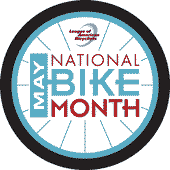 This month being national Heart Health month, I'll be doing a series of articles on heart disease and how to avoid it. I mean, how to really avoid it, as opposed to the have-this-scan take-this-pill approach to prevention. In fact, it is just that approach to health that has got most of the population walking straight toward the heart attack guillotine. In 20 paragraphs or less, I'm going to show you how to reverse that death march.
This month being national Heart Health month, I'll be doing a series of articles on heart disease and how to avoid it. I mean, how to really avoid it, as opposed to the have-this-scan take-this-pill approach to prevention. In fact, it is just that approach to health that has got most of the population walking straight toward the heart attack guillotine. In 20 paragraphs or less, I'm going to show you how to reverse that death march.
The problem is that mainstream medicine has failed miserably at reducing the rate heart disease. After billions of dollars and a half-century of research, heart disease remains this country's number one killer, causing 36% of all deaths. The claim is often made, based off of a CDC report, that there are fewer people dying from heart disease, and that is true; but that's not because fewer people have heart disease, it's because we can keep people alive longer after heart attacks. They still have heart disease, and are usually very sick, but at least they're not dead. Which is wonderful for those people who are living with heart disease, but honestly, wouldn't it be far better to stop the disaster from happening in the first place?
A more honest method of measuring our ability to prevent heart disease is to measure it's prevalence, or what percentage of the population has heart disease. In terms of the percentage of the population that has heart disease, "Among adults 18 years and older, the prevalence of heart disease and stroke between 1997 and 2009 has remained essentially the same," according to this report. So, in fact, we aren't really winning the war against heart disease. Instead, mainstream medicine is simply propping up the corpses and declaring victory.
While mainstream medicine pats itself on the back for its "success," the science-based skeptics among us can plainly see that they have been an utter failure at preventing heart disease. The heart of the problem, if you'll forgive the allusion, is that mainstream medicine has built its "prevention" approach on a shaky therapeutic foundation, one predicated more on profitability than on true prevention. These heart disease myths, while they are making lots of money for high-cost, high-tech clinics, surgeons, and pharmaceutical companies, are ignoring the scientific research which conflicts with the profit imperative. The sooner we recognize these myths for what they are, and discard them in favor of evidence-based prevention, the sooner we can reduce the number of Americans dying from heart disease. At the current rate, one American dies from heart disease every 40 seconds. I think we can do better than that.
Heart Disease Is Not A Disease
This may sound spectacularly absurd, but the fact of the matter is, most heart disease does not begin as a pathological process. Heart disease is not a disease in the same way that multiple sclerosis, thyroid disorders or many forms of cancer are diseases. What we call heart disease is actually an unholy conglomeration of lifestyle choices. Stop, for a second, and think about how evolution has molded our bodies. We are designed to live in physically-demanding environments where energy is obtained only with significant energy output. Our ancestors of only a few thousand years ago lived in places where the energy balance between alive and dead was as thin as the edge of a stone blade. Nutrition varied tremendously, from place to place and from season to season. Our bodies developed to adapt to them all. Our systems were honed to provide the best possible performance in those circumstances.
Simultaneously, historical evidence shows that heart disease was not prevalent in pre-industrial societies, from the medieval English to nomadic Ethiopians. What these unlettered, unhygenic people did that we do not is make use of one of the basic premises of medicine, Davis' Law. In non-technical terms, Davis' Law, and it's logical brother, Wolff's Law, boil down to this: Use it or lose it. The heart is a muscle, and the less you use it, the weaker it becomes. What happens to weak hearts? I don't think I really have to tell you.
The real truth is that heart disease is, first of all, the beginning of the failure of a weak, underused muscle: Your heart. What the research actually shows, as opposed to the faux science you have been handed, is that the number one risk factor for heart disease is cardiopulmonary fitness, or in other words, how strong your heart and circulatory system is. The stronger your heart, the less chance you have of having a heart attack or stroke. This influence is so strong that it overrides genetic influence, smoking history, cholesterol levels and weight. For example, if you smoke and do regular, vigorous cardiac activity, you will have a lower risk of heart disease than an unfit non-smoker. If you've got an extra 25 pounds around the middle, but can pound out 50 miles on a bicycle, you are unlikely to die of a heart attack, even though your BMI would make a cardiologist gasp in fear. Our hearts are designed to be used, and used hard. We are made to chase our food with foot and spear, lift logs, roll stones and dig dirt. And the less we do that, the weaker our hearts become. Once a week on the stationary bike while reading the Sunday funnies doesn't turn the trick. You have to pant, sweat and push on an almost daily basis.
You can do this by going to the gym, or by engaging in a home bodyweight/cardio workout. But that takes a lot of self-discipline, more than most of us have. So my suggestion is to incorporate high levels of physical activity into your everyday activities.
Am I suggesting that this we turn our lives into a daily replay of some Scottish highland games? Well, not completely. But if you do want to actually prevent heart disease, it's time to make some changes. Keep the car in the driveway for any trip less than 1 mile. Chop wood to supplement your normal house heat. Ride a bike to work every day, shovel snow instead of blowing it, rake leaves instead of blowing them, and quit blowing away time in front of the television. In our society, we have made physical activity the special time, the consecrated time of the modern American. It's time to reverse that, by integrating high levels of physical activity in our lives and sitting down for our sacred space.
Diet is another lifestyle choice that contributes to heart disease. The confusion that the mainstream medical community faces is that it has no idea what a healthy diet really is, though it hasn't prevented them from promoting an ersatz "heart healthy diet" that fails to do much for anyone. The research shows that vegetarians have a much lower risk of heart attack; it also shows that people eating a meat-heavy Adkins diet also have a lower risk of heart disease.
So, if you want a healthy heart, what are you supposed to do? Become an omnivorous vegetarian?
The problem with the studies purporting to demonstrate the components of a heart-healthy diet is that they fail in two regards. First, they do not take into account what I call individual biochemical diversity, something that I have seen to be of tremendous importance in the nutritional treatment of disease. Second, they ignore the rather extraordinary fact that we do not absorb only energy and nutrients from our food; we also absorb information.
Individual biochemical diversity simply means that we all process our food differently. Some of those differences are genetic, making an eastern European's nutritive processes significantly different from those of a Maori. As a result, though both may suffer from the same malady, the nutritional therapeutic intervention will be different for both. So, yes, for some people, a heart-healthy diet is a vegetarian diet. For others, avoiding heart disease means lots of protein. The trick is finding out what kind of diet (and there are more than just two) will best prevent heart attacks for you.
Secondly, and perhaps more importantly, is the concept of xenohormesis. Living things produce certain molecules in response to certain stressors. When those organisms become food, we ingest those molecules, and our body recognizes the signal that the food is giving us. For example, an animal produces certain molecules when it is stressed because its food supply is low. When we eat that animal, we are informed that a famine may be on the way. So guess what? We start storing energy. And energy is stored as -- wait for it -- fat. And, just for giggles, guess how stressed out an animal that has spent the last month of its life in the execrable conditions of a feed lot is? Guess what its meat is full of? Yup. All those chemicals that tell us that a famine is coming.
The study of xenohormesis is in its infancy, but its a safe bet that the "food as information" paradigm plays a much larger role than we currently understand. The trick is, if you want to stay healthy, eat healthy foods.That means locally grown, locally raised, and if not FDA-approved organic (which is the worst kind of organic, mind you) at least raised with no help from Monsanto.
Cholesterol Doesn't Matter. At All.
This is the part where all of the pseudo-skeptics start getting the vapours and call up the quackwatch hotline. But the fact is, when it comes to heart disease, cholesterol doesn't matter.
I have come to that conclusion, in part, after examining the epidemiological data over the past 30 years, which demonstrates that, although we've reduced cholesterol levels on a nationwide basis, the rate of heart disease, as I mentioned above, has not budged. My conclusion has come after reading multiple studies, often cited in the literature as a justification for the creation of a cholesterol panic, and finding that in many cases, the researchers' own data does not support their conclusions. And, in some cases, the data has been fabricated, or massaged, to produce the desired outcomes.
And I'm not the only physician to arrive at that determination. Marcia Angell, former Editor-in-Chief of the New England Journal of Medicine, is among many prominent doctors who have looked behind the cholesterol curtain and found the same thing I have -- biased research, bad science, and a public health policy more interested in your wallet than your health.
I could write entire chapters on the damage that the cholesterol myth has done, and perhaps someday I will. Suffice it to say now that, whatever your medical doctor has told you about cholesterol, just ignore it. And, though I risk bringing the wrath of the FDA on my head for saying this (I would certainly never say this to a patient, as recommending pharmaceuticals is not part of my scope of practice), if you have no heart disease, and your MD has given you pills to bring down your cholesterol levels under the guise of prevention, just chuck them. They are likely to do you no good at all.
So I promised you an effective preventive strategy for heart disease in twenty paragraphs, and this is number 20. So here's the deal. Turn off the TV. Hide the car keys. Whatever it is, pick it up yourself and carry it with your own two feet. Sweat and gasp for breath at least once every day. Sprint to the mailbox like you're waiting for your lover's letter. Quit eating crap. Plant or mammal, if it died more than 60 miles from you, don't eat it. Eat anything that's fresh or unprocessed unless it disagrees with you. And one other thing: Ignore most of what you've been told about how to prevent heart disease.
Dr. Avery Jenkins is a chiropractic physician specializing in the treatment of people with chronic disorders. He can be reached at alj@docaltmed.com or by calling 860-567-5727.
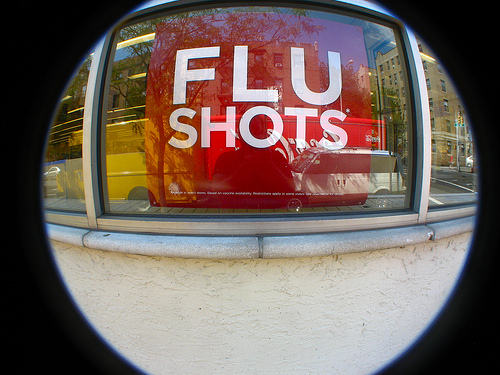


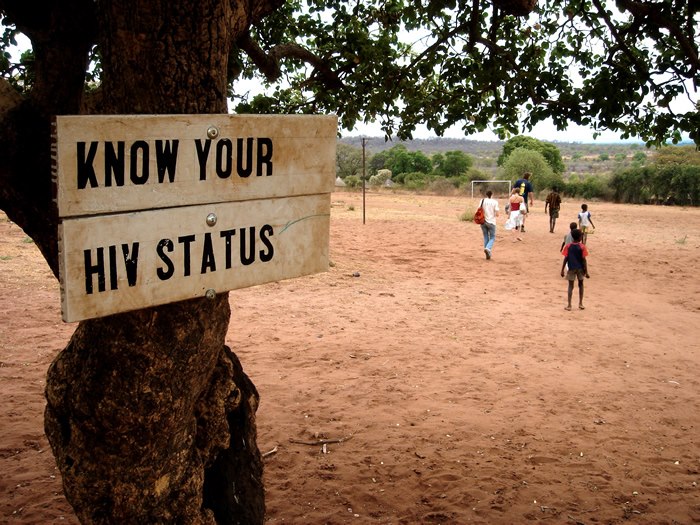



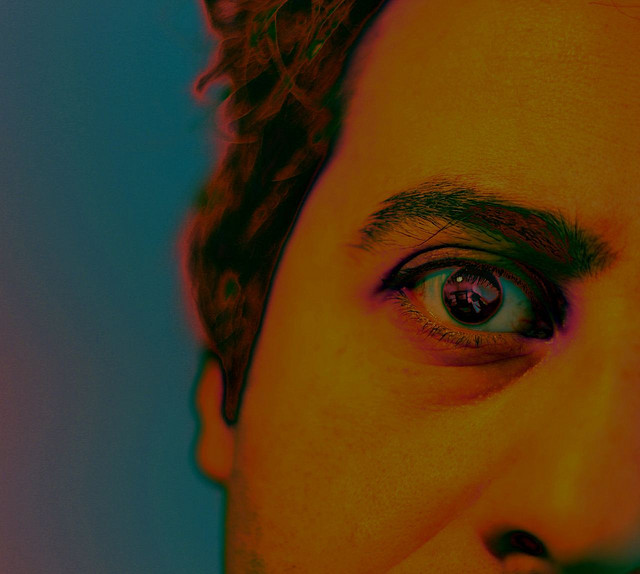 Anxiety is a problem which has afflicted us all at one time or another. Fortunately, our anxiety is usually the result of a specific context or situation, and it resolves as we move to meet the problem or it is otherwise solved. Not so for many, however, who have to deal with anxiety on a day-in, day-out basis. Many people experience panic attacks for no reason, where their heart starts pounding, they get short of breath, and they get a feeling of dread. Generalized anxiety, a free-floating sense of worry that is out of proportion to the cause, can last for weeks or months, and can result in insomnia, hyperactivity, headaches, irritability, abdominal distress and other symptoms.
Anxiety is a problem which has afflicted us all at one time or another. Fortunately, our anxiety is usually the result of a specific context or situation, and it resolves as we move to meet the problem or it is otherwise solved. Not so for many, however, who have to deal with anxiety on a day-in, day-out basis. Many people experience panic attacks for no reason, where their heart starts pounding, they get short of breath, and they get a feeling of dread. Generalized anxiety, a free-floating sense of worry that is out of proportion to the cause, can last for weeks or months, and can result in insomnia, hyperactivity, headaches, irritability, abdominal distress and other symptoms.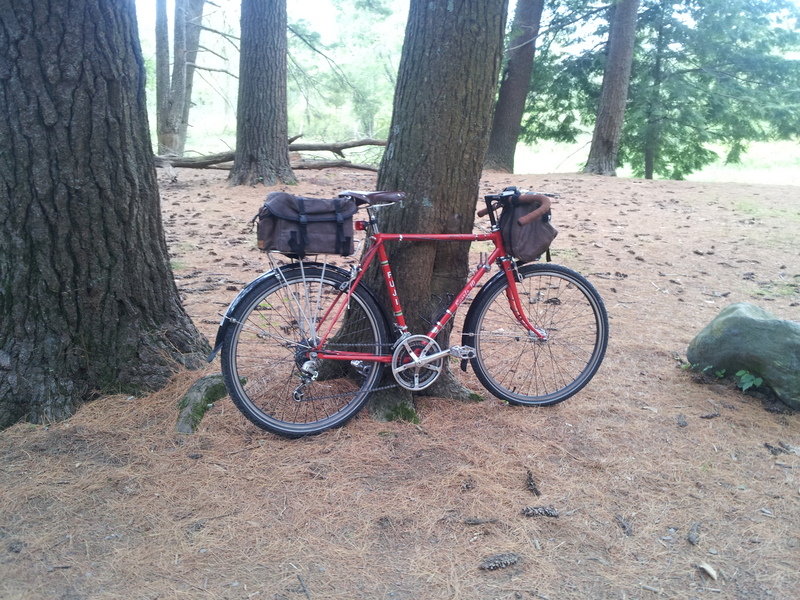
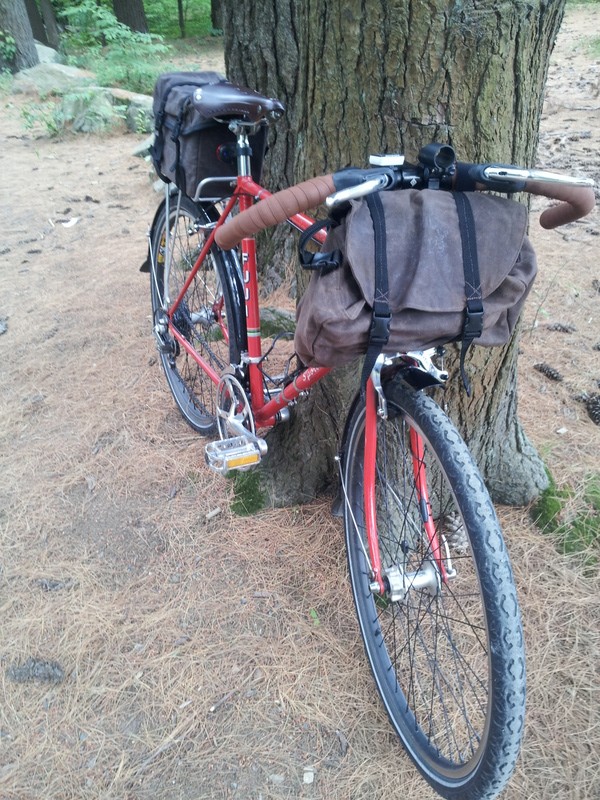



 In a
In a  This is the most common reason I hear from people who otherwise might take my advice, dust off their bikes, and go for a spin.
This is the most common reason I hear from people who otherwise might take my advice, dust off their bikes, and go for a spin. In today's installment of Bicycle Month posts, I am going to ever-so-briefly mutate from being a physician and bon vivant to (very) amateur historian.
In today's installment of Bicycle Month posts, I am going to ever-so-briefly mutate from being a physician and bon vivant to (very) amateur historian.